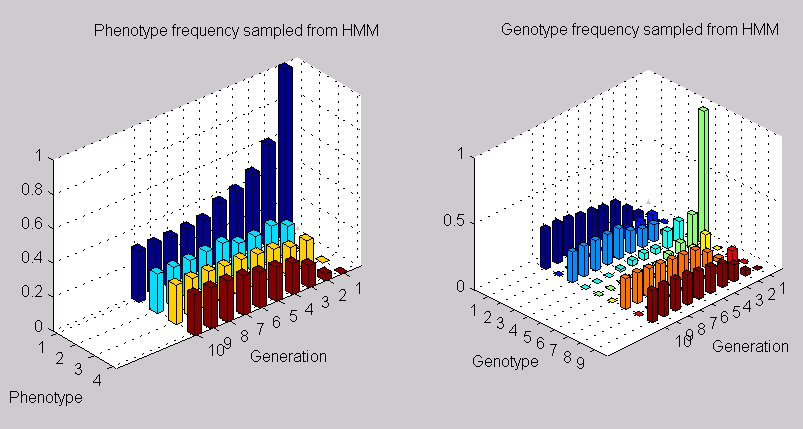

Establishing their utility in diagnostics and discovery has potential benefits for microbiome research.Ī variety of normalization methods have been suggested for microbiome sequence counts data, and there are many options for clustering procedures for defining CSTs.

We concentrate on CSTs since they offer a reduction in data complexity that has the potential to facilitate subsequent analysis and discovery, and they also simplify the interpretation of high-dimensional data for possible clinical decision support.

In this paper we investigate the stability of CSTs across different datasets and their predictive ability especially with respect to microbial shifts. Despite their common usage, it is not well established whether CSTs indeed represent fundamental biological states and whether they can provide valuable clinical information. Vagitypes are widely used as prototypes in the interpretation of vaginal microbiome data, while enterotypes are somewhat more controversial as prototypes for the gut microbiome. Previous studies have used CSTs to summarize the microbial communities observed in the human vagina and the human gut. As microbiome profiling has revealed large variation among individuals and over time, efforts have been made to categorize or cluster microbiome profiles into a small number of community state types (CSTs). This growth in microbiome-related knowledge has been facilitated primarily by next-generation sequencing specifically, sequencing of 16S ribosomal RNA enables quantification of relative abundance of the different species residing in these environments. While the presence of human microbiomes has been documented for several decades, there has been a recent surge of research linking the microbiome with human health and disease. The human microbiome consists of many microorganism communities that reside in various body habitats. Finally, we observe that presence of Gardnerella vaginalis is a strong predictor of an upcoming CST change.Ĭonclusion: Overall, our results show that the CST concept is useful for studying microbiome dynamics. Upcoming CST changes and switches to high-risk CSTs can be predicted with high accuracy in certain scenarios. Changes in CST can be gradual or occur over less than one day. We find that healthy subjects persist in a CST for two to three weeks or more on average, while those with evidence of dysbiosis tend to change more often. Results: We observe that detection of a CST transition is largely insensitive to choices in methods for normalization or clustering. Objective: We investigate whether CSTs can be used to assess dynamics in the microbiome.ĭesign: We conduct a re-analysis of five sequencing-based microbiome surveys derived from vaginal samples with repeated measures. The functional relevance of specific CSTs has not been established. Previous efforts to summarize this diversity, notably in the human gut and vagina, have categorized microbiome profiles by clustering them into community state types (CSTs).

Background: Recent studies of various human microbiome habitats have revealed thousands of bacterial species and the existence of large variation in communities of microorganisms in the same habitats across individual human subjects.


 0 kommentar(er)
0 kommentar(er)
